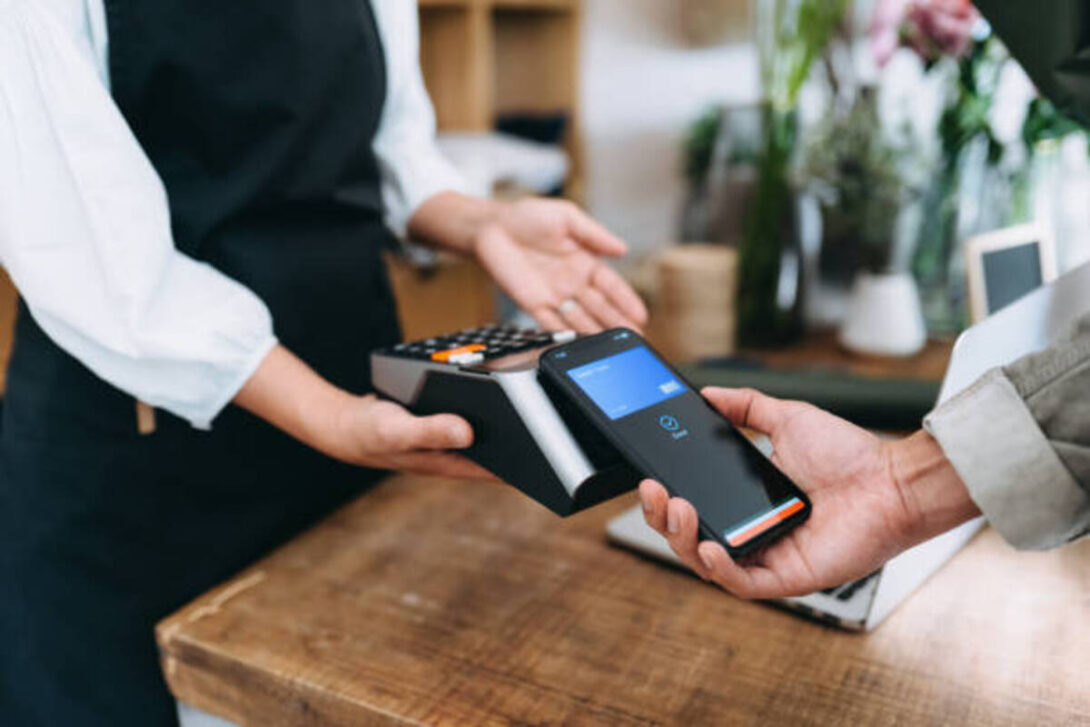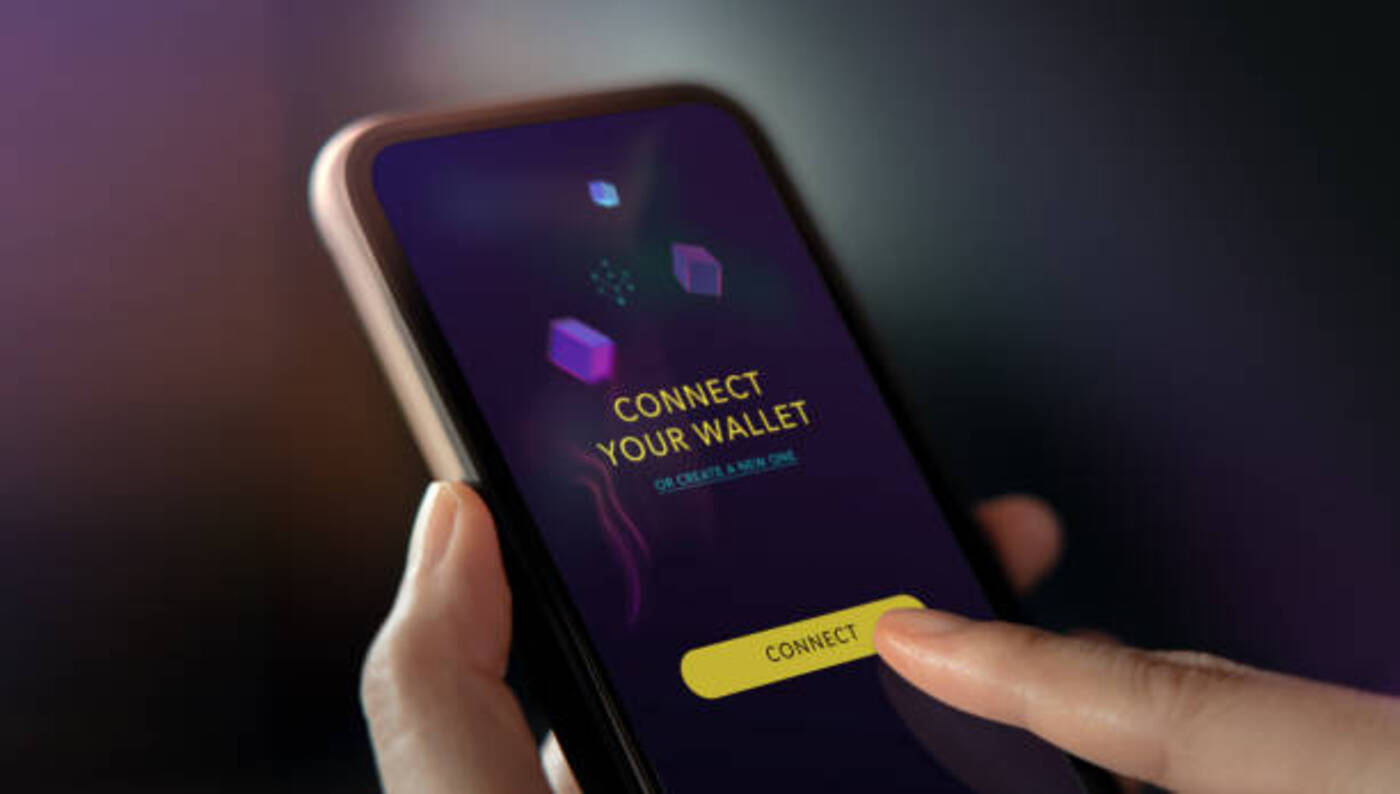In a world of evolving technology, our lives are made better and easier. One of the conveniences of advanced technology is a digital wallet. Imagine walking to the cashier in a supermarket to pay, you try finding your visa cards or cash in your bag, but you can’t trace it.
On your hand is a mobile phone, probably you were listening to some music as you shop. Then you remember that you had installed a digital wallet on your smartphone and hence pay for your transactions.
It is convenient and saves you trouble searching through your other stack of cards from your pocket or bag. Here, we shall look at this amazing technology and some facts that you need to know about using digital wallets.
What are Digital Wallets?
They are online payment tools in the form of an app. The digital wallets or e-wallets store virtual versions of your debit and credit cards, so you don’t need to carry the physical card to make any payments.
The finance industry has anticipated the death of cash for years, with the implementation and digital wallets and the use of smartphones as catalysts. Though cash isn’t quite dead, the Global Payment Report points towards this shift as e-commerce payments have taken over.
Factors Have Led to the Growth of Digital Wallets?
Digital wallets will rise to about 52% of transaction value by 2025. So all businesses need to understand what’s propelling this growth and utilization of the digital wallet.
· An increasing number of smartphone users
The world has over 3 billion smartphone users, with expected growth of hundreds of millions in the coming years. The market shows huge potential as the percentage of smartphone penetration increases daily. It means that digital wallets can be easily installed and utilized by these individuals that continue to purchase smartphones.
· Many online businesses include digital wallets in their offering.
Major online marketplaces such as Alibaba and Amazon make it easy for clients to pay for the goods offered using their own branded wallets.
They also offer payment options using other digital wallet platforms, making it easy to transact. Consumers will always seek convenience as they transact and embrace this technology.
· Secure, convenient and easy to use
Digital wallets have biometric authentication to lock a stolen phone, providing better security. However, the security feature proves to be hard to break when using a stolen or lost card. In addition, consumers are on the lookout for a convenient mode of payment; the digital wallet offers this convenience by enabling a consumer complete a transaction with a single tap at the checkout.
· Awareness growth
There is growing awareness of digital wallets as they continue to gain more traction amongst consumers worldwide. It is done by the growing awareness of digital wallets, how they work and how consumers can use them.
The Accenture report reported that about 52% of consumers using mobile wallets are particularly aware of mobile payments. As people continue to be aware of the service, this will ultimately ensure that digital apps gain more popularity.
What Are the Advantages of Using Digital Wallets?
1. Convenient to Consumers
Using digital wallets limits the number of cards to carry while travelling. In addition, you do not need to carry cash with you either. While making a purchase, all you do is tap your device or have the mobile phone scanned. Consumers will always choose convenience any day.
2. Offers More Security
Cash and cards can get lost or stolen, and you have zero options for recovering these funds. Losing your card means you must urgently call your bank to cancel and issue a new card.
With digital wallets, your information is stored by a third-party provider and locked by your biometrics or a password. So even if your smartphone is lost, it is possible to access your e-wallets once you replace your device.
3. Offers Access to Rewards
Many e-wallets offer consumers incentives to use these payment modes instead of traditional payment methods. Certain discounts may apply to purchases such as travel, food or fuel. Others may include discounts on purchases, which means that you save money without changing spending habits, but by how you pay for the items

4. Requires User Authorization for Transactions
The e-wallet transaction requires that you input a pin to authorize payment. Biometric devices also require your fingerprint or face recognition to authorize a transaction. It offers another layer of security against unauthorized purchases or financial risks connected to identity theft.
5. Used In Most Online Marketplaces and Physical Retailers
In the past few years, digital wallets have become a payment option in most businesses. However, some still request the traditional payment methods. In the coming years, these businesses have no option but to embrace these new technology changes.
What Are the Disadvantages of Using Digital Wallets?
1. It Still Requires That You Carry Something
Although they offer more convenience to consumers, it doesn’t eliminate you from carrying something. For example, if you forget your phone, you can’t complete a transaction; hence you will be forced to use a card or pay cash.
2. Requires That Your Mobile Device is Charged
You will need to have the smartphone charged to help you complete your payment. With traditional payment methods, you do not worry if your smartphone is running on low battery life.
3. Limited Retailers
Not all retailers have fully embraced this technology. Some physical and online stores only receive payments using traditional methods such as visa and debit cards or cash. Therefore, you must know what payment options a store offers before visiting to avoid disappointments.
4. It Doesn’t Eliminate Security Risks
Your smartphone security is dependent on the settings that you use. For example, if you don’t use passwords, then someone could steal your device and access your funds in the bank account or credit card. Hence you must use some password or biometrics.
Conclusion
Digital wallets are here to stay. Soon, we will likely see a trend that takes these mobile payments further and replaces paper currency altogether. Therefore, everybody needs to be aware of what digital payments entail so you are not left behind.



